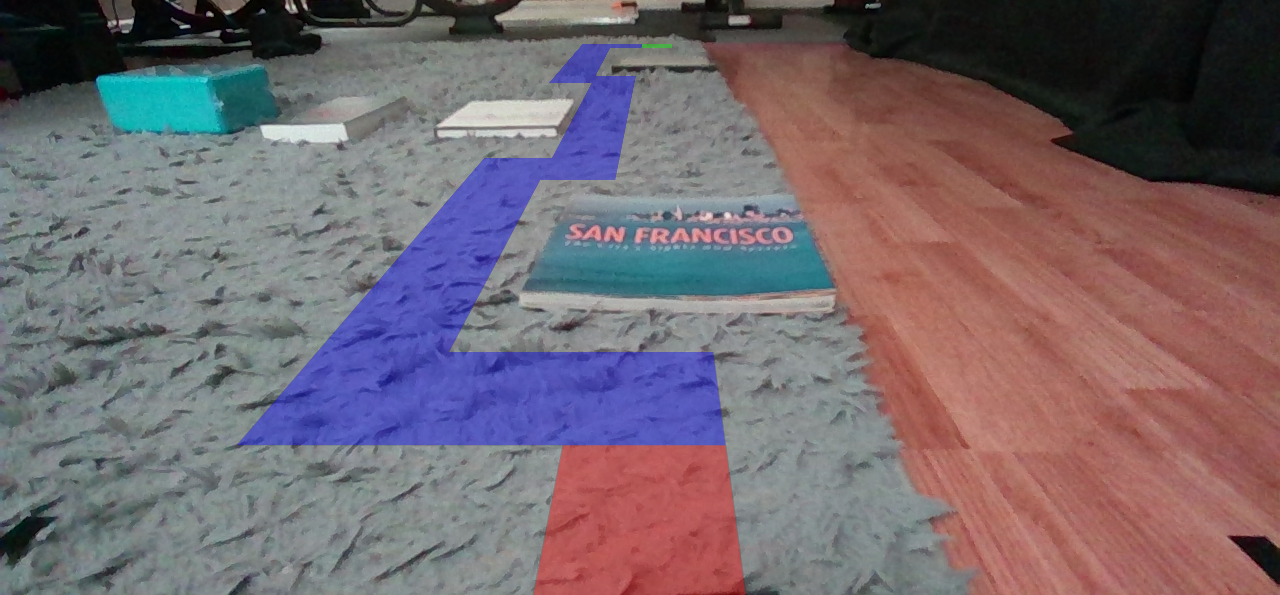Hey folks! I’m thrilled to share with you a research paper that I’ve been working on, diving deep into the fascinating realm of vision-based navigation for indoor robots.
In my research paper titled “Real-time Vision-based Navigation for a Robot in an Indoor Environment”, I explore an alternative approach to traditional robot navigation. Instead of relying on complex LiDAR sensors, I propose utilizing a simple monocular camera as the robot’s primary visual input.
My method utilizes the power of computer vision to develop a comprehensive understanding of the robot’s surroundings. By analyzing visual data from a monocular camera, I segment the image to identify walkable surfaces and create a cost map. Transforming the cost map into a bird’s-eye view perspective builds a search-space for the environment, which enables the robot to plan an optimal path while avoiding obstacles.
To provide you with a visual demonstration of my approach, I’ve prepared a 5-minute video showcasing the capabilities of my vision-based navigation system. It’s exciting to see the robustness of the planned path by the robot in the presence of dynamic obstacles like the roomba (shown in the video below).
There is still much to explore and refine in the field of vision-based navigation. By leveraging the power of computer vision, I eventually aim to make my Spot Micro Pro unit to move autonomously inside my home.
